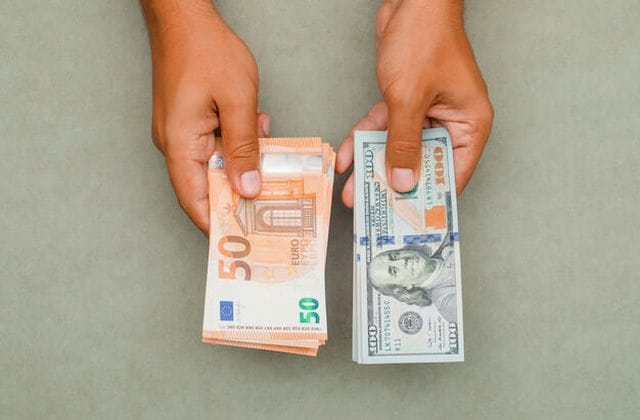Foreign exchange rate concept
What is foreign exchange? In a narrow sense, foreign exchange originally refers to foreign currency. In a broad sense, it usually refers to the means of payment for international settlement expressed in foreign currency. Exchange rate is also called "foreign exchange market or exchange rate".The ratio of one currency to another is the price of another currency expressed in one currency. Since the names and values of currencies in the world are different, one country's currency should have an exchange rate, that is, the exchange rate, against the currencies of other countries There are nominal exchange rate and effective exchange rate. The so-called nominal exchange rate refers to the foreign currency price used in daily transactions in the foreign exchange market, namely the foreign exchange quotation.

Foreign exchange rate Effective exchange rate
The so-called effective exchange rate refers to the weighted average price of foreign currency determined by the trade weight. When IMF calculates the effective exchange rate of a member, it generally selects the top 20 trading partners of the country, and determines the trade weight according to the proportion of each trading partner in the total import and export trade of the country. The nominal effective exchange rate of the country's currency is equal to the weighted average of the nominal exchange rates of the 20 countries' local currencies against the foreign currencies sought. The real effective exchange rate is obtained by subtracting the nominal effective exchange rate from the current year's price rise. Because the real effective exchange rate not only considers the currency changes of the country's major trading partners, but also excludes the inflation factor, it can more comprehensively reflect the external value of a country's currency than the nominal exchange rate. If a country's real effective exchange rate rises, it means that the foreign currency depreciation of the country is greater than the average foreign currency depreciation of the major trading partners. The international competitiveness of the country's products is relatively improved, which is conducive to exports and not conducive to imports. The balance of trade is prone to surplus, and vice versa.

Foreign exchange rate
It is a system widely adopted by countries to determine the exchange rate between their currency and other currencies. It is a systematic regulation made by countries or the international community on the principles, methods, methods and institutions for determining, maintaining, adjusting and managing exchange rates. The exchange rate system has a significant impact on the decisions of exchange rates of various countries. Reviewing and understanding the exchange rate system can help us have a deeper understanding of the fluctuations of exchange rates in the international financial market. According to the range of exchange rate changes, the exchange rate system can be divided into fixed exchange rate system and floating exchange rate system.
Fixed exchange rate system refers to an exchange rate system in which the exchange rate is relatively stable based on the standard currency itself or the legal content. There are different fixed exchange rate systems under different monetary systems.
Floating exchange rate system refers to an exchange rate system in which a country does not specify the gold parity between its own currency and foreign currency and the fluctuation limit of exchange rate, and the monetary authority no longer assumes the obligation to maintain the fluctuation limit of exchange rate. The exchange rate moves up and down freely with the change of supply and demand in the foreign exchange market. This system has existed for a long time in history, but it was really popular after the collapse of the dollar centered fixed exchange rate system in 1972.
Content of foreign exchange rate
- The principle and basis for determining the exchange rate. For example, based on the value of the currency itself or the value of the legal representative.
- Methods of maintaining and adjusting exchange rates. For example, whether to adopt the method of open legal appreciation or devaluation, or to adopt the method of letting it float or official limited intervention. c. Laws, systems and policies governing exchange rates. For example, the provisions on exchange rate and its scope of application in foreign exchange control of various countries.
- Institutions that formulate, maintain and manage exchange rates, such as the Administration of Foreign Exchange, the Exchange Stabilization Fund Committee, etc.




























